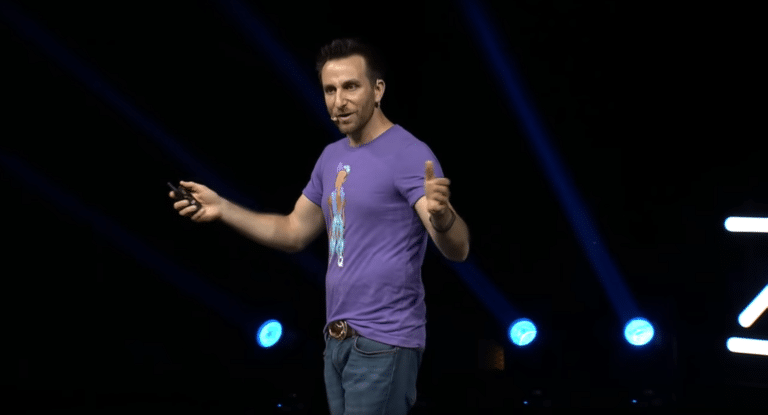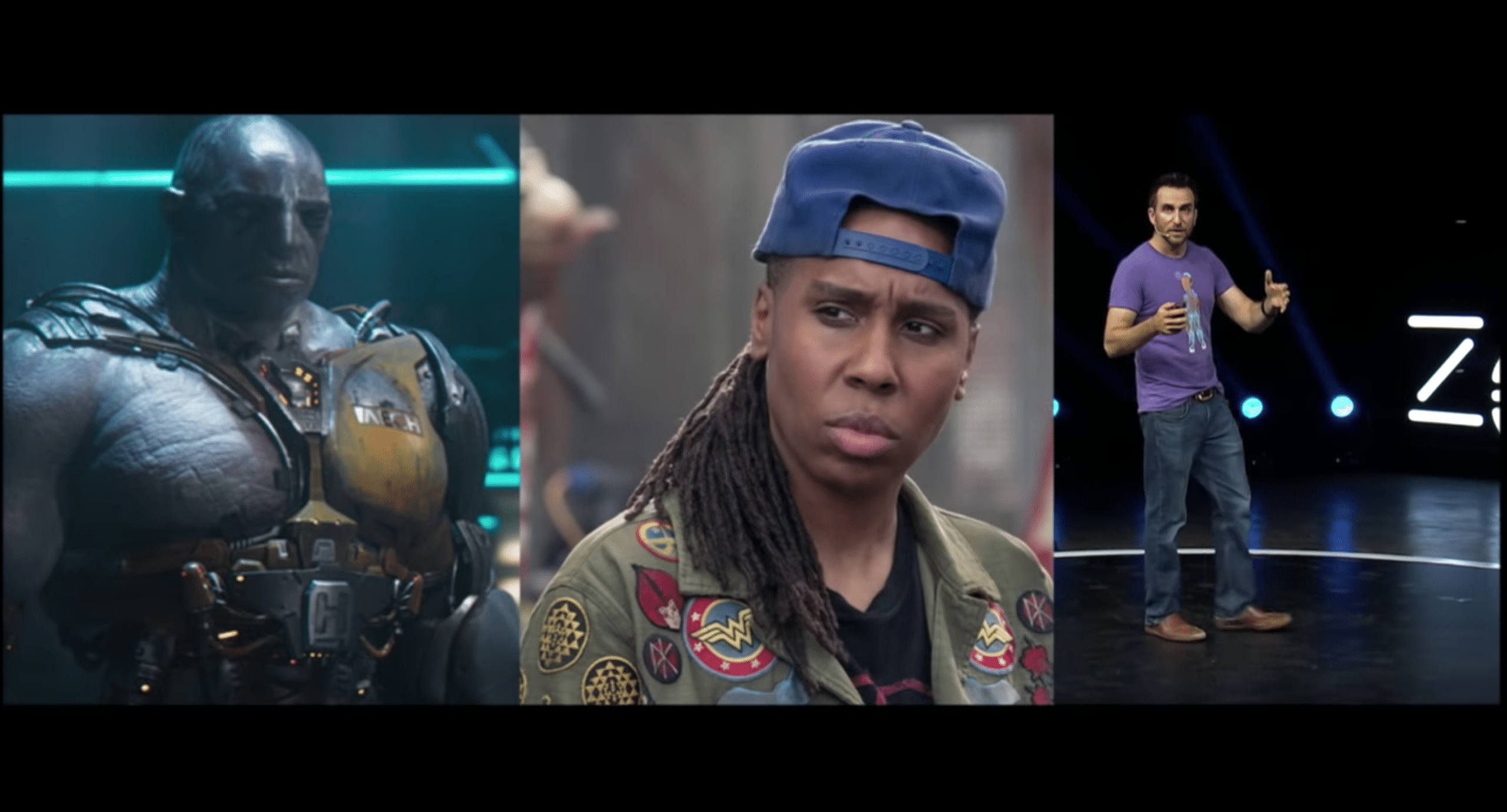
XR Talks is a weekly series that features the best presentations and educational videos from the XR universe. It includes embedded video, as well as narrative analysis and top takeaways. Speakers’ opinions are their own.
One of the most used and successfully monetized forms of AR is lenses and camera effects. And the most prevalent subset of that is augmenting selfies with various accouterments. But that’s just the beginning of a long evolution in avatar-based social interaction in both AR and VR.
In fact, AR’s promise to augment the physical world could find the biggest home in the front-facing camera modality of augmenting ourselves. And the art of doing that has many nuances to infuse the fun and escapism of graphical augmentation, while preserving our core personalities.
Meo CEO Misha Leybovich has a deceptively simple take on this delicate balance: to use your real face — the ultimate embodiment of personality. There’s room for modifications (more on that in a bit) but the most unique traits of personality are expressed through nuances in our faces.

“There are sections of our brains dedicated to understanding human faces,” Leybovich said at the Zero One Tech Festival. “There are micro expressions we all automatically make and interpret without thinking about it. When we see each other visually, we can better see our humanity.”
Meo’s self-titled app is a starting point for this vision. Think of it as a flipped version of selfie lenses: Instead of animations melded to (and obscuring) faces, faces are melded to animations (see below). But the larger vision is for the technology to power identity for any avatar-based XR.
“Our company’s commercial goals are to use our new mobile app to drive awareness of our technology,” he said from the stage in Shenzhen, “to help others incorporate our tech into their products and then effectively be the visual identity layer for AR, VR and 3D computing.”
That includes gaming, social and other top categories of XR’s projected future. And it could be big business, considering proven demand for augmenting one’s identity. Selfie lenses are one thing; the massive revenue machine that is Fortnight — through avatar personalization — is another.
“This is just the beginning of avatar customization,” said Leybovich. “It’s literally already a multi-billion dollar industry from just one company’s efforts. Think about how big this gets as it scales, and now you know why we care for both social and financial reasons.”
As for how Meo will capture facial footage, it will be an advanced version of how it currently captures your face in its flagship app: video. This will evolve so that it can form dynamic models based on your face — useful for VR experiences when the user’s face is blocked by the headset.

“We plan to use, with the user’s permission, millions of video frames as they use our current technology,” he said. “[It] requires that large of a training set for each individual, and only an initially video-based approach can realistically acquire enough data to build that model.”
Once that model is built, it can be customized by users while maintaining the core face-based personality. Users can then take that identity model with them across XR experiences, or modify them per app — as we sort of do now with different profile pics across different social networks.
“Establishing a real avatar is just the beginning,” said Leybovich. “It’s an important baseline because it enables preservation of your real emotions and expressions. Maybe you want to change how you look and that’s totally fine, but the smile should still be your smile.”
See the full presentation below.
For deeper XR data and intelligence, join ARtillry PRO and subscribe to the free ARtillry Weekly newsletter.
Disclosure: ARtillry has no financial stake in the companies mentioned in this post, nor received payment for its production. Disclosure and ethics policy can be seen here.
